Reacting to small-car competition from American Motors, Volkswagen and even Renault, each member of the Detroit Big Three developed its own compact car to debut for the 1960 model year. For General Motors, this was the radical rear-engined Corvair, while Chrysler created the rugged Valiant. Ford scored the biggest long-term success with its small car for the new decade: the Falcon and its Mercury-badged twin, the Comet. Today’s Junkyard Gem is one of those first-year cars, found in a self-service yard next door to Denver, Colorado.
The platform designed for the 1960 Falcon went on to become the basis for the original Mustang, the first-generation Econoline, the Fairlane/Torino/Ranchero, the Maverick, the Granada and all their Mercury- and Lincoln-badged brethren. After 1980, when the final Falcon-derived Ford Granadas, Mercury Monarchs and (whatever the plural for Lincoln Versailles might be) were built for the United States market, production of what amounted to the 1960 Falcon continued in Argentina all the way through 1991.
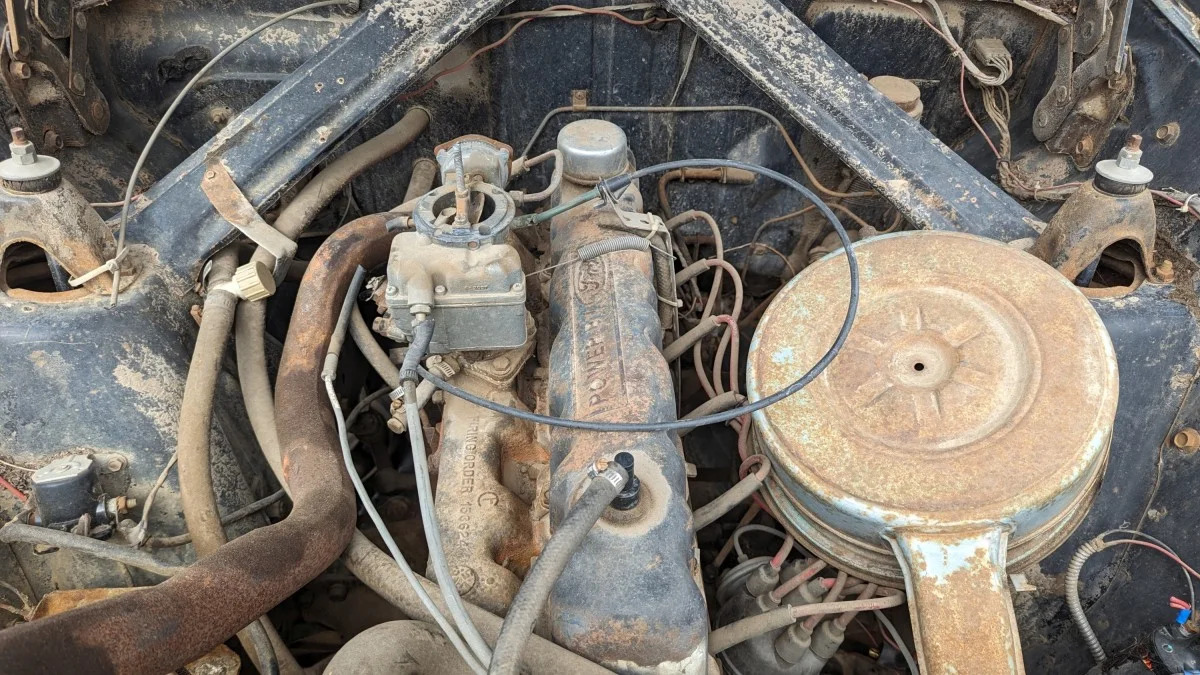
This chassis design was a fairly ordinary unibody rig with a leaf-sprung solid rear axle in the back and a front suspension with coil springs atop the upper control arms. The big spring towers made for a characteristically narrow engine compartment that made it tough to squeeze in extra-wide V8 engines later on and the tortured front suspension geometry made road-racing setup a challenge, but so what? These cars could be built cheaply, millions upon millions of them, and they served their owners well for decades.
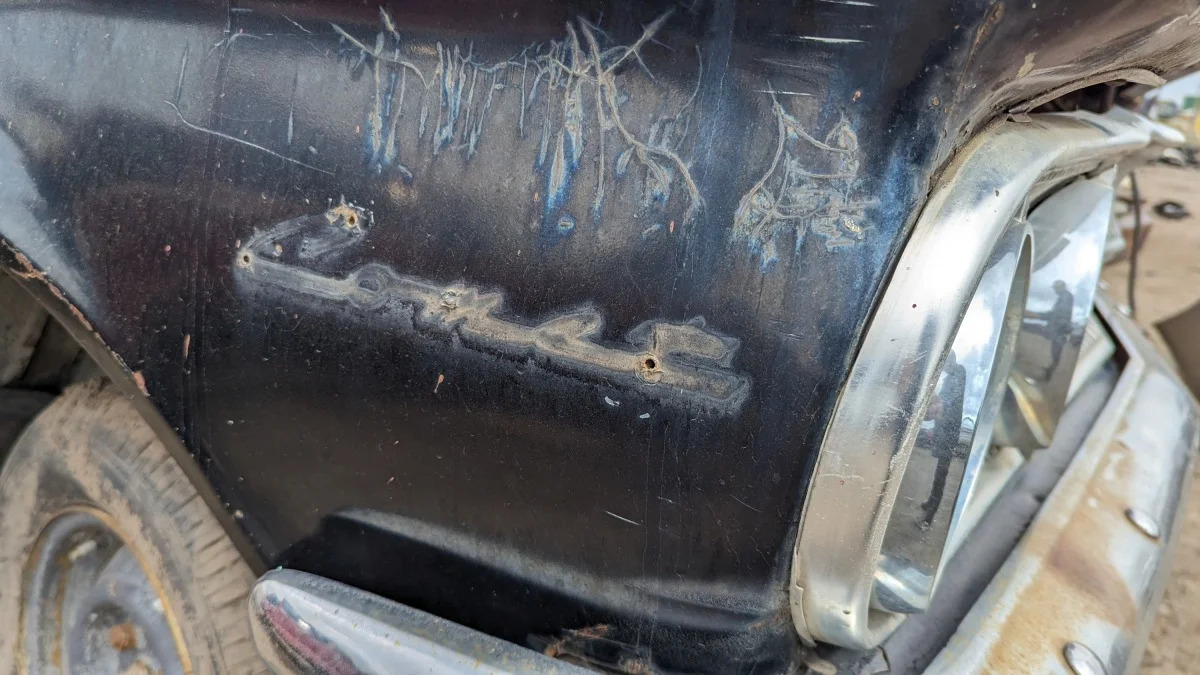
As was the case with nearly every Mercury since Edsel Ford introduced his new brand in 1938, the 1960 Comet was a slightly more prestigious and better-equipped version of its Ford twin (there was also a Canadian-market version known as “the Eventful Frontenac” for 1960 only). The cheapest 1960 Falcon four-door sedan listed for $1,912, while its Comet counterpart had an MSRP of $2,053 (those prices come to $20,502 and $22,014, respectively, in 2024 dollars). The original plan among the Dearborn suits had been to make the Comet an Edsel model, but Robert McNamara had other ideas.
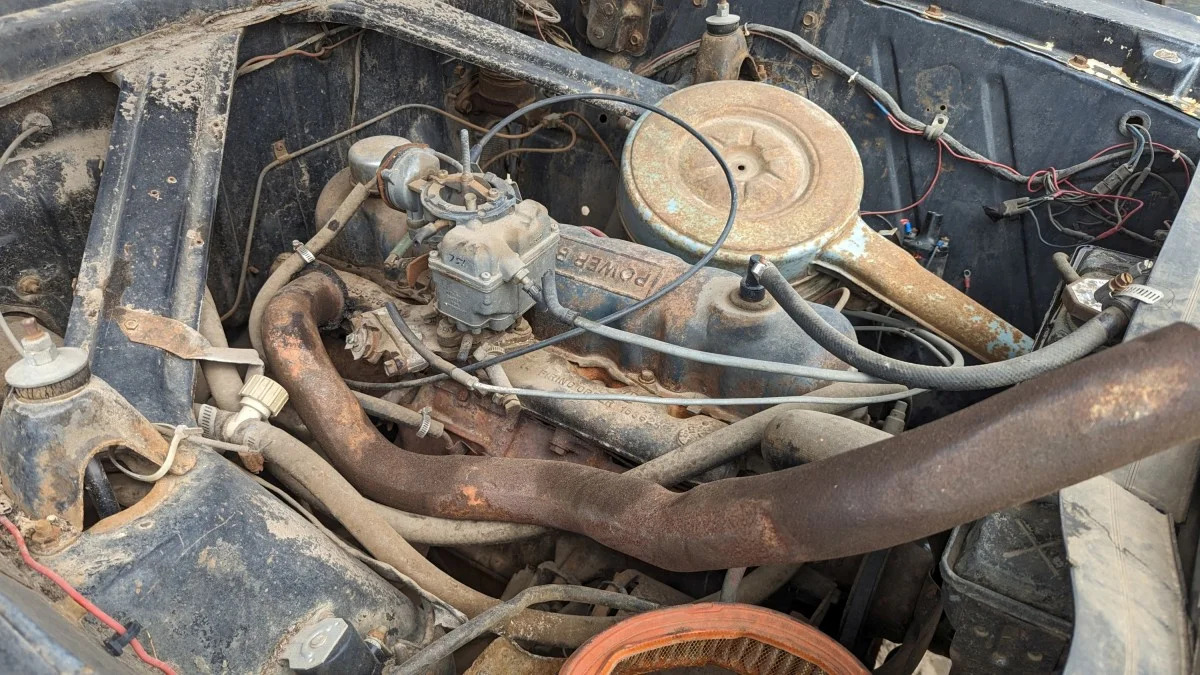
The only engine available in the 1960 Falcon/Comet/Frontenac was the 144-cubic-inch (2.4-liter) pushrod straight six, rated at 85 horsepower and called the Mileage Maker Six (Falcon), Thrift-Power 6 (Comet) or Frontenac Short-Stroke Six (Frontenac). The first model year for Falcon/Comet V8 power was 1963, when the 260 small-block became an option.

A three-on-the-tree column-shift manual was the base 1960 Comet transmission, but this car was purchased with the optional two-speed “Comet-Drive” automatic transmission (also known as the Merc-O-Matic, but not to be confused with the three-speed Merc-O-Matics). The cost: $172, or $1,844 in today’s money.
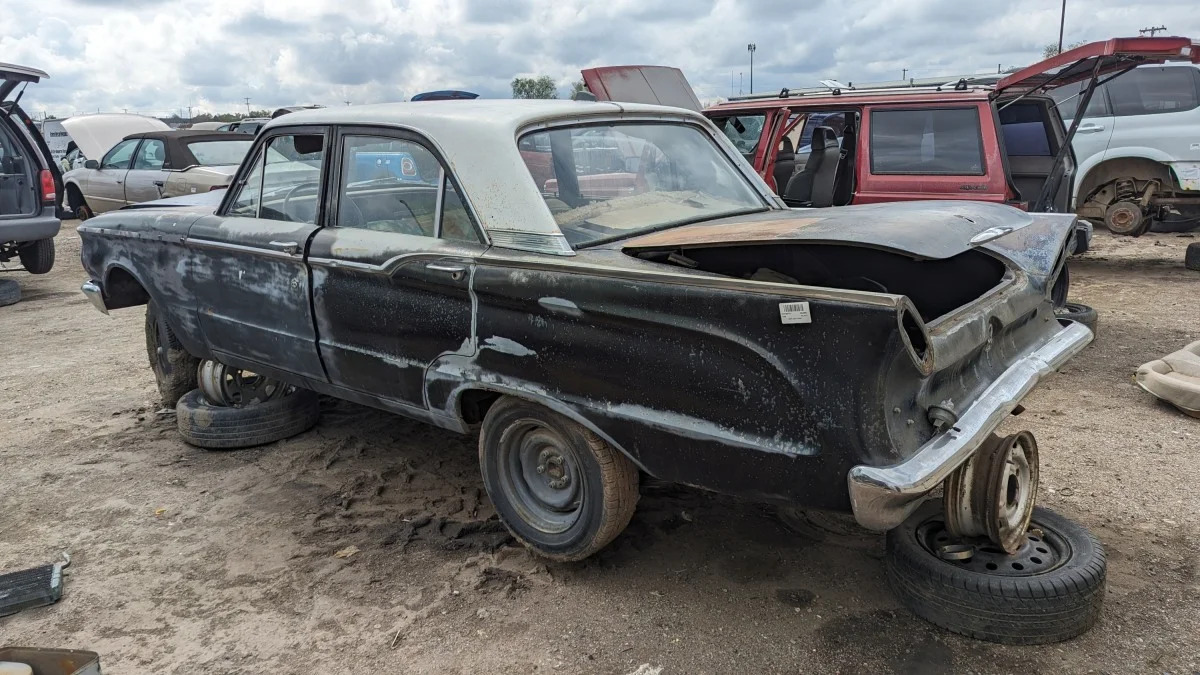
This was a simple, efficient car with snazzy-looking tailfins, a good deal for its price. Mercury dealers moved nearly 120,000 Comets (which included two-door sedans and two- or four-door wagons in addition to four-door sedans) for the 1960 model year, while Ford dealers sold well over 400,000 Falcons at the same time.
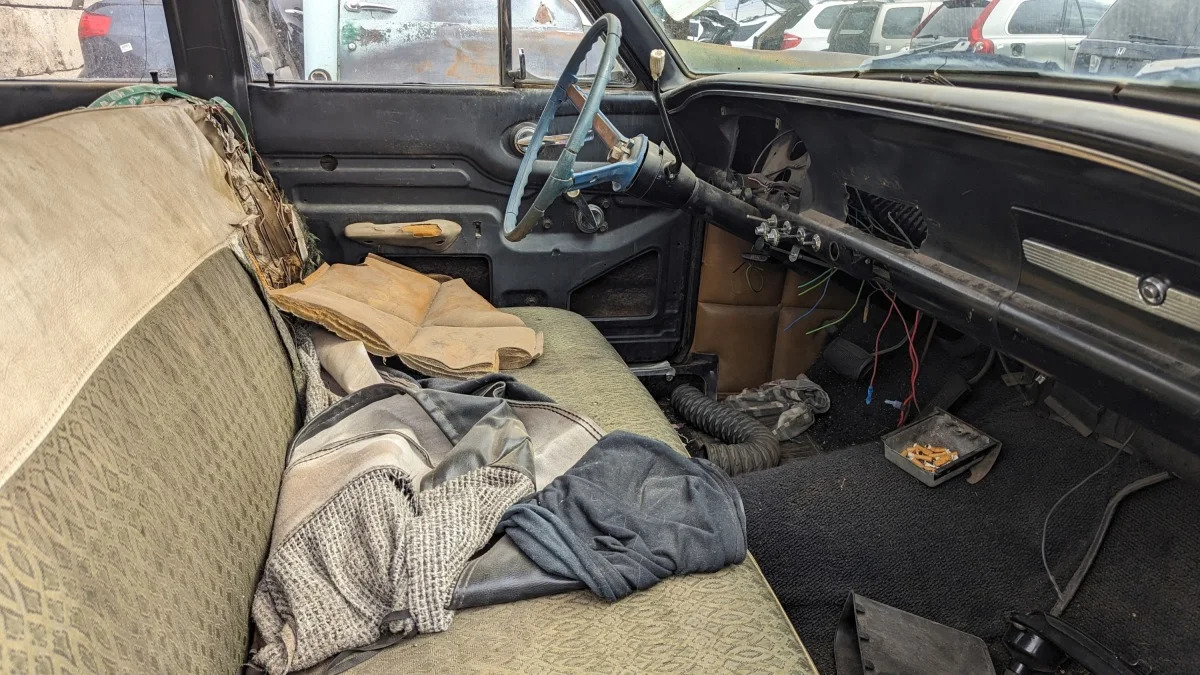
Because so many were sold and so few enthusiasts are interested in ordinary Detroit sedans of this era, even a solid early Comet like this one has little chance of being rescued and fixed up.
Read the full article here


